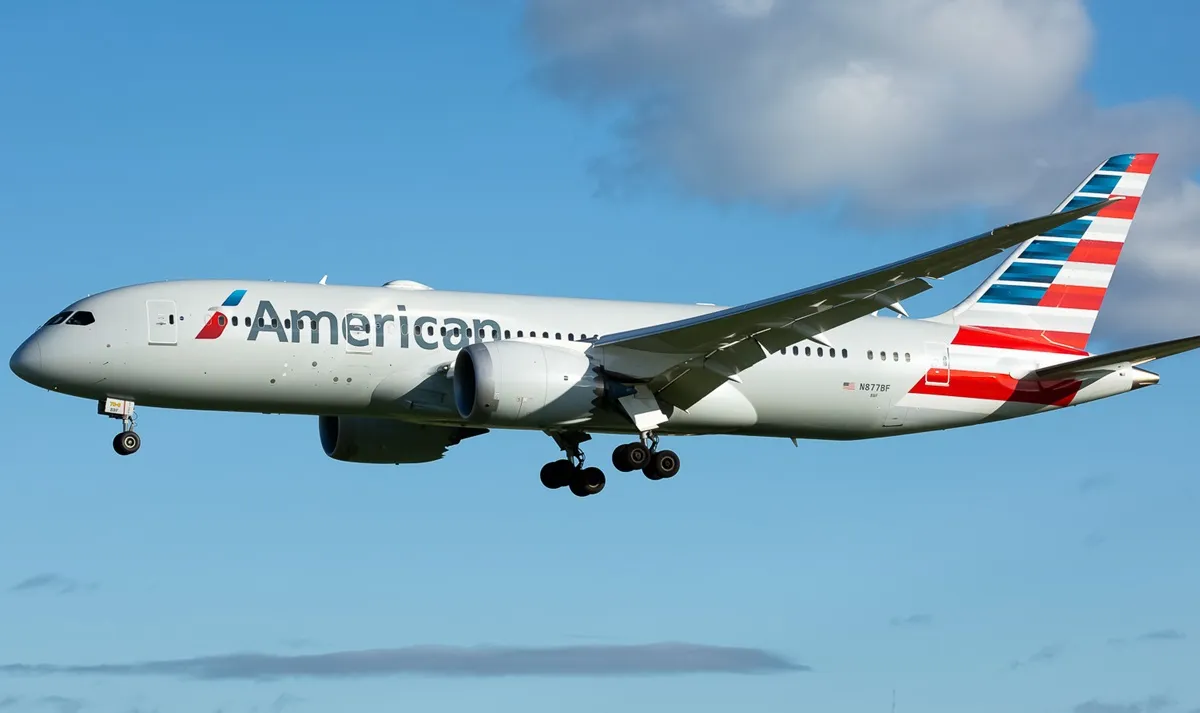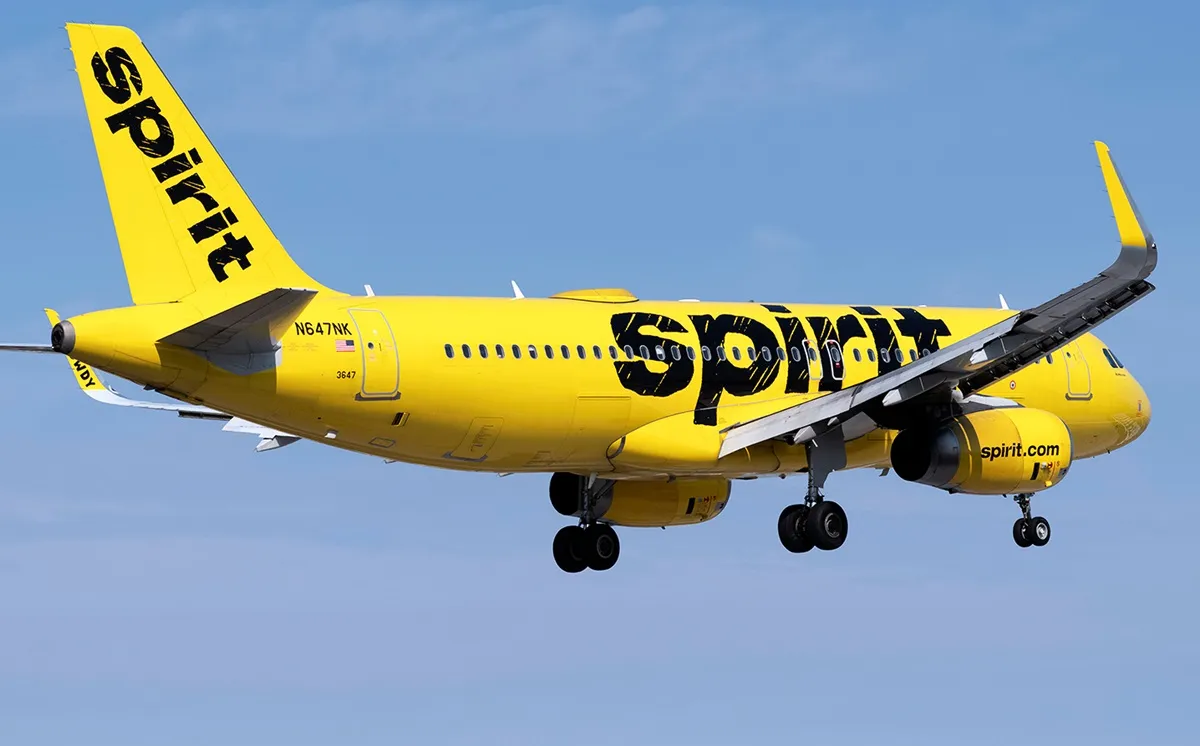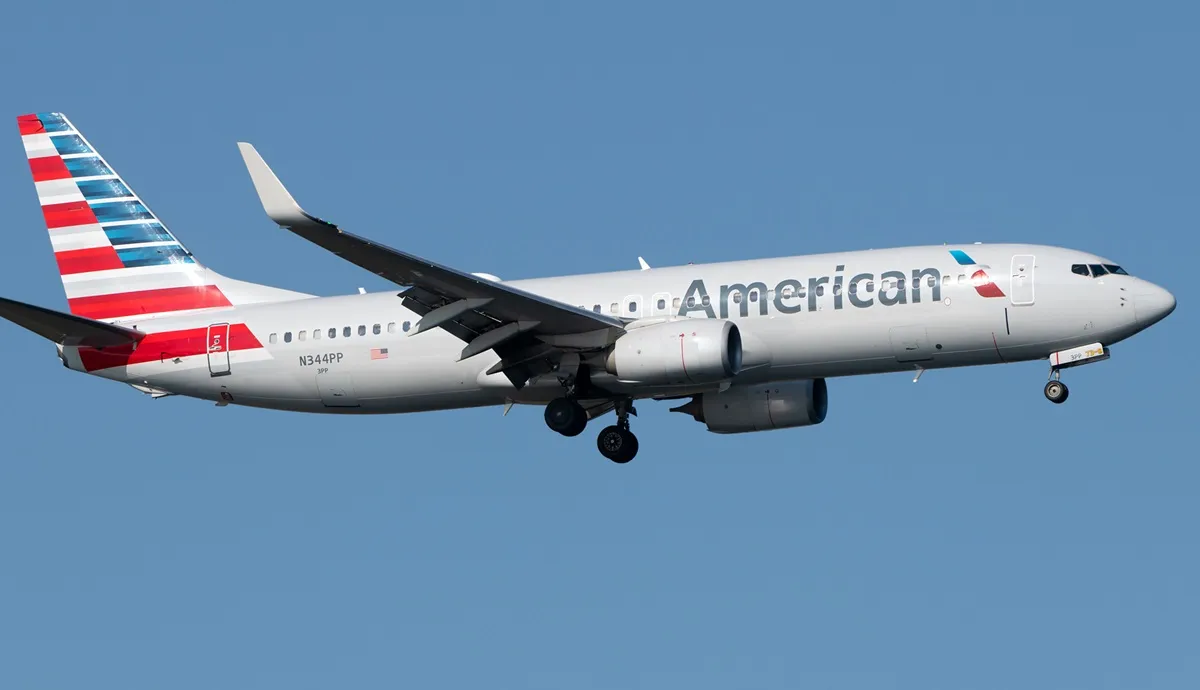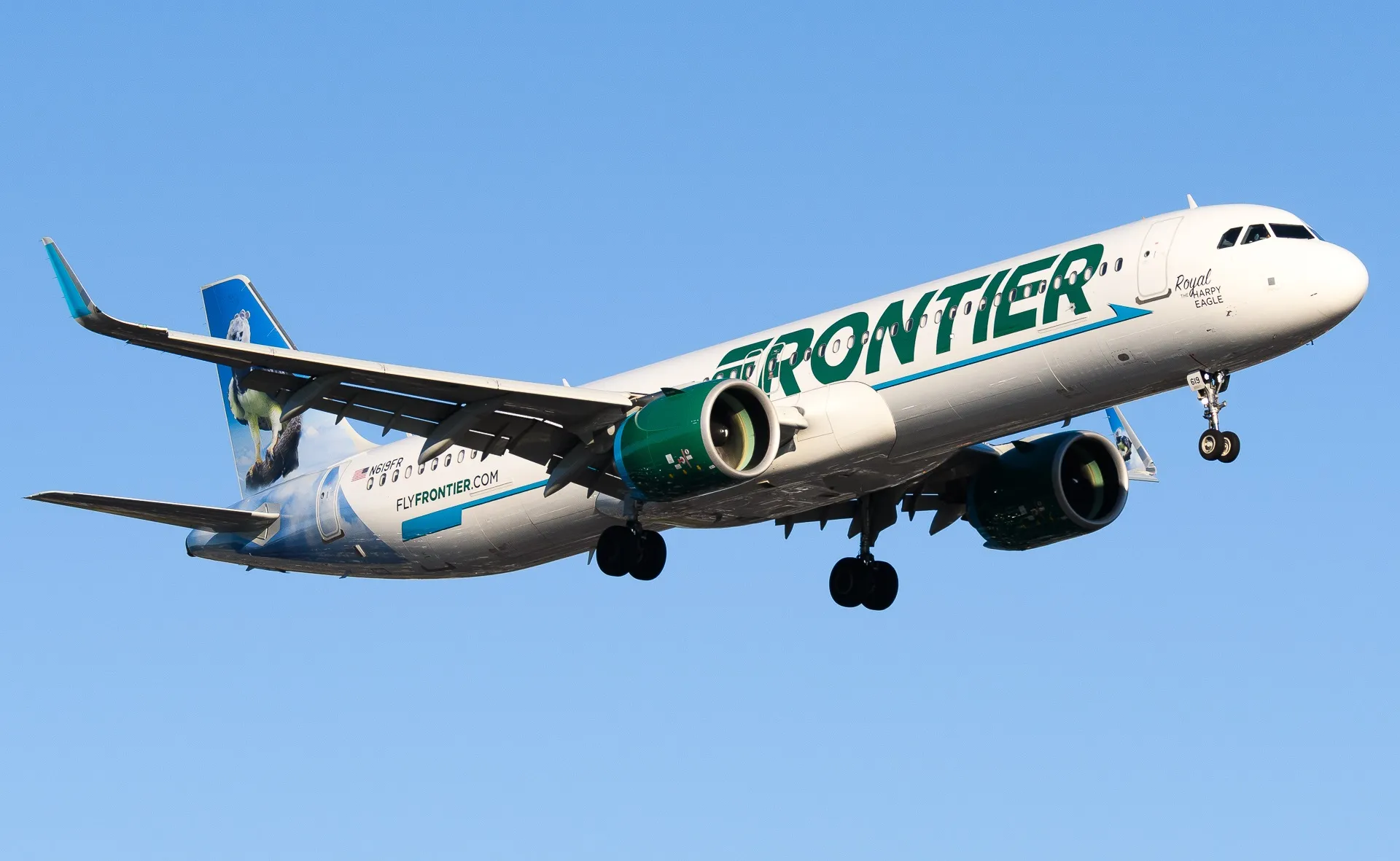
Southwest Airlines does not call its operating bases "hubs" as it does not utilize the traditional "hub-and-spoke" business model.
However, the low-cost carrier (LCC) offers many connecting itineraries from its numerous "focus cities" across the United States.
Denver International Airport(DEN) in Colorado is Southwest's largest operating base when it comes to the number of daily departures.
The airport serves as a major connection point for the airline. Southwest focuses on Denver as the city serves as a key gateway for both connecting and originating passengers, providing convenient access to the Rockies and the West Coast.
Southwest's operating bases
The list below displays Southwest's 12 operating bases. It's important to understand that these cities are not classified as hubs but rather "focus cities," where Southwest has a large presence and significant operations.
- Hartsfield-Jackson Atlanta International Airport (ATL)
- Baltimore/Washington International Thurgood Marshall Airport (BWI)
- Chicago Midway International Airport (MDW)
- Dallas Love Field (DAL)
- Denver International Airport (DEN)
- William P. Hobby Airport (HOU)
- Harry Reid International Airport (LAS)
- Los Angeles International Airport (LAX)
- Nashville International Airport (BNA)
- Oakland International Airport (OAK)
- Orlando International Airport (MCO)
- Phoenix Sky Harbor International Airport (PHX)
According to Cirium, an aviation analytics company, Las Vegas serves as Southwest's busiest focus city after Denver during the week of March 18th. The chart below displays Southwest's five busiest focus cities.
|
City: |
Average daily departures: |
ASM: |
|---|---|---|
|
Denver |
247 |
558,060,134 |
|
Las Vegas |
230 |
521,330,588 |
|
Phoenix |
200 |
462,715,354 |
|
Baltimore |
195 |
405,372,253 |
|
Dallas |
190 |
351,672,809 |
The LUV airline has a lot of LUV for Denver
Southwest has served the Denver market twice. Its first iteration was from 1983 to 1986. The Dallas-based carrier operated flights to the original Denver airport, Stapleton International Airport, which was replaced by Denver International Airport in 1995.
The airline returned to Denver on January 3, 2006, and began its reinstated service with three city pairs: Denver to Chicago, Las Vegas, and Phoenix, with 13 daily flights.
Throughout the 2000s and 2010s, the airline rapidly expanded in Denver. In 2012, Southwest opened a crew domicile for both its pilots and flight attendants, showing its long-term commitment to the Denver market.
United Airlines still holds the title of Denver's largest carrier; however, Southwest is a close second with most of the gate leases at DEN's C concourse.
According to the airport, Southwest occupies 34 gates and has nearly 250 daily departures to 92 destinations. The carrier utilizes the following gates for its operation.
- C23-C37
- C40-C47
- C49 & C51
The extension of concourse C was completed in May 2022, offering an elevated experience for departing and arriving guests.
The new wing adds to the existing footprint of the original C Concourse, which opened in 1995. In addition to Southwest, Alaska Airlines and American Airlines also utilize the facility. However, Alaska will move to Concourse A next year.
The airport says the expansion area includes 16 new gates, 20 holdrooms (passenger waiting areas at gates), and additional support space totaling 530,000 square feet of new space.
Other key features of the space include:
- 530,000 square feet of new space
- Large outdoor deck, featuring mountain views, firepits, outdoor seating area and a pet relief area.
- Charging stations
- State-of-the-art restrooms and changing rooms
- Comfortable seating
LUV at first flight: Southwest Airlines is born
Southwest was originally founded as "Air Southwest" by Herbert Kelleher and Rollin King in 1966. The duo conceived an ingenious plan creating a lean, mean "intrastate airline" to operate within the infamous "Texas Triangle."
By design, interstate operations would allow the new carrier to be exempt from regulation by the Civil Aeronautics Board (CAB), allowing Southwest to undercut its competition on ticket prices.
From its inception, Southwest faced significant challenges as three other carriers took issue with Southwest's initial operational plan.
Continental Airlines, Braniff International Airways, and Trans-Texas Airways sued the company to prevent the commencement of its operations.
The Texas Supreme Court ruled in favor of Southwest in late 1970, eliminating the multi-year lawsuit between the four carriers. On June 18, 1971, Southwest finally took flight.
Southwest's first revenue flight was, of course, a route throughout the Texas Triangle from Dallas Love Field (DAL) to Houston George Bush Intercontinental Airport (IAH) and lastly, San Antonio International Airport (SAT).
The carrier began its operations with three Boeing 737-200 aircraft. Southwest admired the immediate success of Pacific Southwest Airlines with its own 737s, so Southwest decided to replicate their straightforward business model.
Over five decades later, Southwest still operates the 737 and is one of the world's largest operators of the type. The chart below, sourced from Planespotters.net, illustrates the evolution of Southwest's 737 fleet over its 53-year history.
|
737 Variant: |
Number of aircraft in service: |
Historic: |
Average age: |
|---|---|---|---|
|
737-200 |
x |
62 |
x |
|
737-300 |
x |
195 |
x |
|
737-500 |
x |
25 |
x |
|
737-700 |
327 |
170 |
19.1 years |
|
737-800 |
199 |
4 |
9.6 years |
|
737 MAX 8 |
254 |
x |
3.2 years |
After deregulation, Southwest grew its network outside of Texas. The (at the time) scrappy upstart expanded its services to New Orleans, LA, Oklahoma City, OK, and Albuquerque, NM.
Throughout the 1980s, 1990s and 2000s, Southwest enjoyed consecutive annual profits and incredibly high employee morale. The company grew its network rapidly on a national level.
The Texas-based carrier has participated in M&A activities over the years, acquiring Muse Air in 1985 and AirTran Airways in 2010. Southwest's acquisition of AirTran gave the company its first international opportunity with legacy AirTran markets.
In 2019, Southwest commenced flights to Hawaii, a major milestone for the carrier, as the initial Hawaiian routes are some of the longest in Southwest's system.
Post-pandemic, Southwest has faced and continues to face some headwinds, as the FAA has yet to certify the Boeing 737 MAX 7, which is slated to play a major part in Southwest's fleet modernization plan, as it is heavily committed to the 737.
The airline is continuing to adapt its business model, which has remained largely unchanged. In June, the Wall Street Journal reported that Elliot Investment Management took a $1.9 billion stake in Southwest to try to increase shareholder returns.
Elliot continues to restructure Southwest's operations to boost the company's stock price and maximize revenue potential.
In 2026, Southwest will assign seating to its customers for the first time in its 53-year history. Most recently, the carrier announced it would begin charging for checked luggage.
The two-free checked bags policy has made Southwest an industry outlier for almost 20 years, as most major carriers started charging for checked bags in the wake of the 2008 recession.
Hub & spoke vs. point-to-point
The US legacy carriers, American Airlines, Delta Air Lines and United Airlines are classic examples of true hub and spoke airlines.
Even Alaska Airlinessomewhat transitioned its business model more hub and spoke-like as it re-builds its Portland mini-hub with "time-banked" departures.
These airlines have major hubs located across the United States, and each hub serves as a point of connection for passengers traveling to and from various destinations.
Typically, hub and spoke carriers operate several different departure banks throughout the day. Many aircraft are scheduled to arrive and depart in a relatively short amount of time, allowing arriving and departing flights to "connect" to one another.
The point-to-point model is popular among low-cost carriers across the globe as it allows for more operational efficiency.
Southwest Airlines has been incredibly proud of the efficiencies it baked into its operation. Southwest has one of the shortest "turn" times in the industry, allowing its fleet to be utilized more often than traditional carriers.
"The point-to-point system connects each origin and destination via nonstop flights. That provides substantial cost savings by eliminating the intermediate stop at the hub, which gets rid of costs related to hub development. The point-to-point system also reduces total travel time and enables better aircraft utilization.
Limited geographical reach is the major constraint of the point-to-point model. Unfortunately, direct flights are not economically viable for many city pairs." Said Elivis Picardo from Investpedia
Allegiant Air and Frontier Airlines rely heavily on the point-to-point business model in order to keep their costs low. Both ULCCs have numerous operating bases across the country where aircraft depart and return at the end of each day. However, Frontier does sell connecting itineraries through its larger operating bases.
On the other hand, Allegiant Air does not sell any connecting itineraries.
Giving back to the Mile High City
Southwest is very philanthropic in Denver and spends thousands of hours volunteering annually throughout Colorado. In 2021, the carrier celebrated its 15th anniversary of serving Denver. Looking back, the airline remarked on some of its most notable accomplishments.
Since 2006, locally-based Southwest employees have logged more than 46,000 volunteer hours, supporting the Denver metro area.
In 2019 alone, our Denver-based employees volunteered close to 10,000 hours, which positively impacted more than 170 local Denver community organizations. Southwest has also supported nearly 600 Denver-area organizations with more than $3.2 million in total giving since 2006.
Even with Elliot's influence, Southwest retains some of its original DNA by continuing to operate under a point-to-point business model, offering its customers direct service to city pairs across the United States, Central America, the Caribbean, and Mexico.
Time will tell if Southwest will completely shift to a traditional hub-and-spoke carrier. It does have a rather robust network, and its focus cities operate almost as hybrid "hubs."



